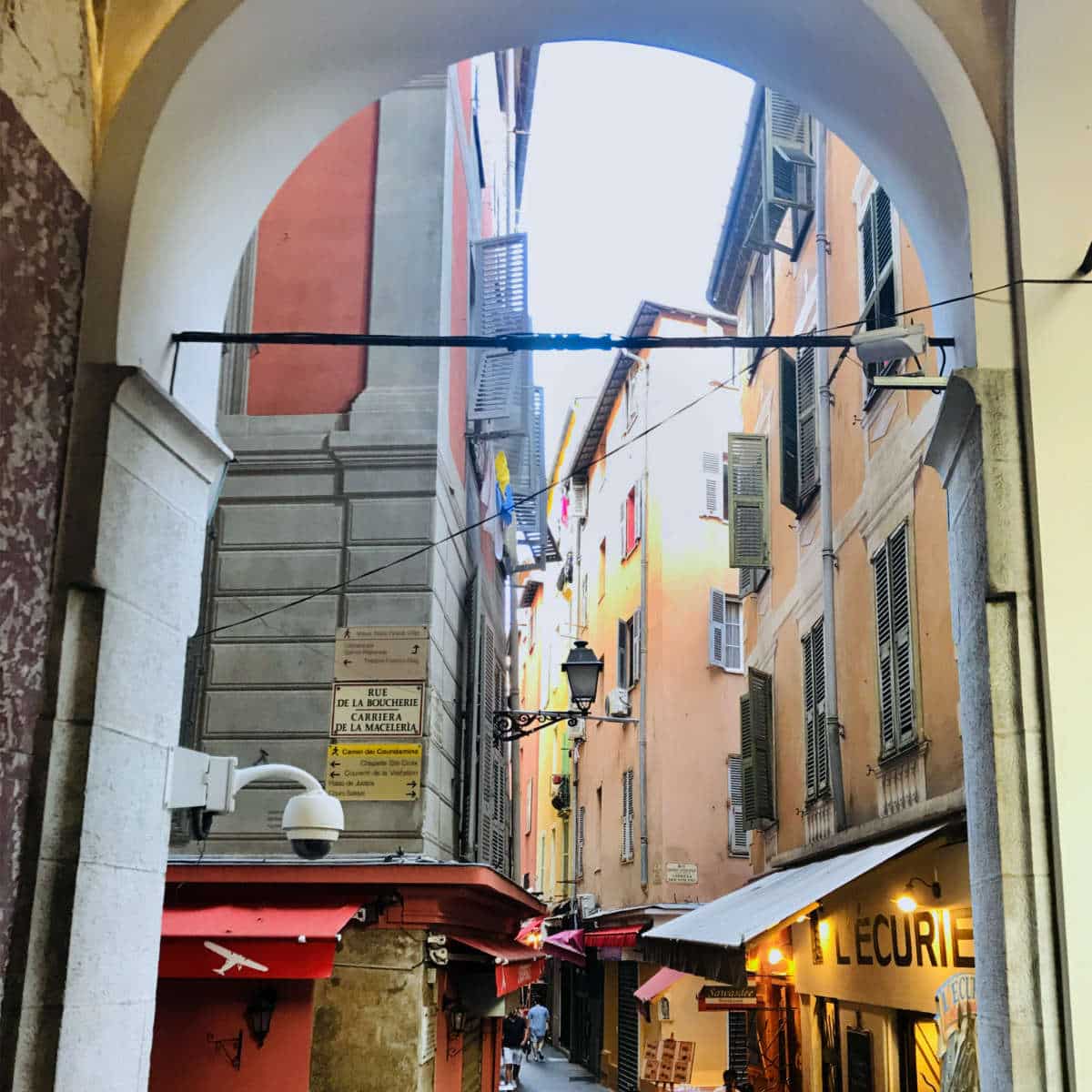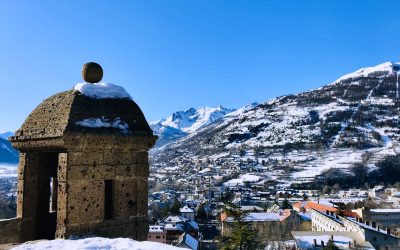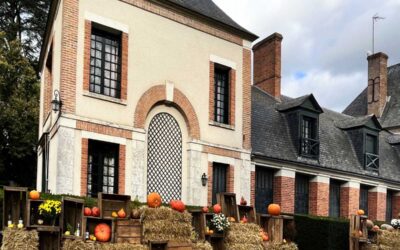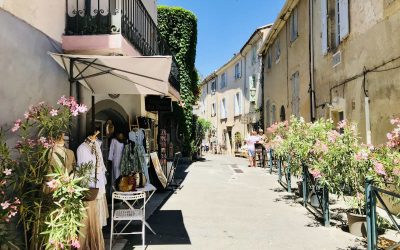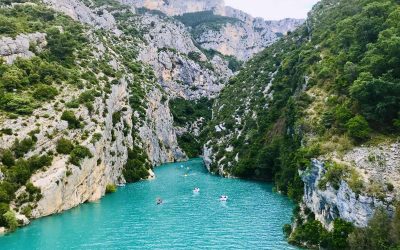The city of Nice has always been the belle of the ball of French Riviera. With its endless summers and gorgeous Mediterranean coastline this is one city that has been luring globetrotters since the beginning of time.
So it is no wonder that throughout its history, the city of Nice has been fought over by its squabbling neighbours.
The local tribes first settled here in antiquity, probably thinking, “it’s nice, let’s stay here.” And then the soap opera began with the Greeks arriving and settling here, followed by the Romans, the Franks, the Byzantines and more.
The city of Nice was passed around like a hot potato in a game of political musical chairs. It was caught in the middle of its powerful neighbors France, Italy, Savoy, Provence, Sardinia, and Sicily all fighting over that prime beachfront property.
After more drama than a season finale of a tv show, Nice eventually settled into its current peaceful era as part of France. So let’s take a look at some of the main key points in the timeline of Nice’s history, shall we? Allons-y!
- 1. The first settlements around Nice date back 400,000 years.
- 2. The Greeks settled in Nice and named it after the Greek Goddess Nike.
- 3. It was conquered by the Romans.
- 4. It was attacked several times.
- 5. It fell under the rule of the Counts of Provence.
- 6. It tried to keep its independence.
- 7. The Great Plague of 1347 decimates the population.
- 8. It became part of the House of Savoy in 1388.
- 9. It prospered under the Duchy of Savoy.
- 10. The Holy Shroud was kept in Nice.
- 11. The legend of Catherine Ségurane is born.
- 12. Italian becomes the language of the land.
- 13. It was caught between the wars France and the Holy Roman Empire.
- 14. It officially became part of France in 1860.
- 15. It became popular with Queen Victoria and the British.
- 16. During WWII, Nice was invaded twice.
- 17. It becomes a prospering tourist city.
1. The first settlements around Nice date back 400,000 years.
Artefacts in Nice show that settlements date back well into the millennia. In the southeastern part of the city of Nice, the Lazaret cave was found with human remains dating back to the Middle Palaeolithic prehistoric site.

2. The Greeks settled in Nice and named it after the Greek Goddess Nike.
The city of Nice was named by Greek colonists that settled here in around 350BC, after defeating the the Ligurians tribe from nearby Liguria, Italy. It was given the name of Níkaia, after the Greek Goddess of victory, Nike.
Alongside the Greeks were the local Celtic tribes of Gaul. The tribes who settled in the area were known to be farmers, craftsman and merchants, bringing wealth and prosperity to the area.
Pronounced “Nee-se”, it became an important trading port on the Mediterranean, along with nearby Marseille.
3. It was conquered by the Romans.
After the Greeks, the Roman empire made its way to Nice. They began to settle here around 154 BC. J.-C., eventually settling across much of the area from Arles, Nimes, Lyon, and all the way up to Brittany, Normandy and Paris.
After Julius Caesar and his army invaded and settled in the area, they gave the area the Roman name “Cemenelum”. Today, the area is known as Cimiez, lying about 1 mile (2 km) north east of the centre of Nice.

4. It was attacked several times.
After the fall of the Roman Empire, the settlements at Nice and Liguria were without protection. From the 4th to the 10th centuries, the city was overrun by the Byzantines, the Lombards and the Frankish tribes. It was also invaded by Saracen and Norman raiders.
In the 7th century, Nice joined the Genoese League formed by several of the towns of Liguria to try to fend off some of these attacks. (Genoa is the capital of Liguria.)
5. It fell under the rule of the Counts of Provence.
During the 13th and 14th centuries, the Counts of Provence tried to subjugate Nice several times. The locals refused to pledge allegiance to the Counts with much blood shed on several occasions.
In 1228, the city of Nice entered into an alliance with the cities of Grasse and Draguignan and signed a convention with the Republic of Pisa. In response, the Counts of Provence sent their armies to take Nice by force.
In 1246, Beatrice de Provence, the heiress of the Counts of Provence was married to Charles I of Anjou, the King of Sicily. He was also the brother of the Saint King Louis IX of France and the new Count of Provence.
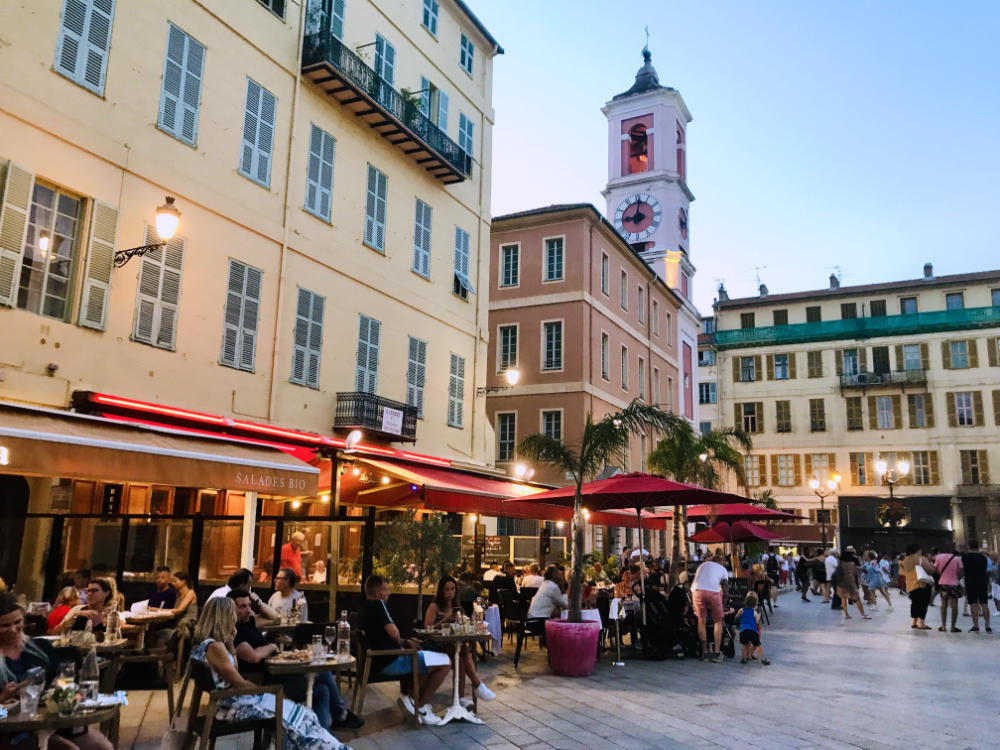
6. It tried to keep its independence.
Nice continued to be ruled officially by the Counts of Provence, who were also members of the House of Valois-Anjou, a cadet branch of the French royal house.
However, there was much upheaval in the area at the time. It is during this period that a portion of the lands near Nice were given to the Grimaldi family for what is now the principality of Monaco, among others.
7. The Great Plague of 1347 decimates the population.
Like much of Europe, Nice was not able to escape the Great Plague. It reduced the population by about half, to about 7,000 people in 1365. The city’s beautiful location however meant that people were determined to rebuild.
8. It became part of the House of Savoy in 1388.
Nice took part in the War of the Union of Aix from 1383 to 1388 which was provoked by the death of Queen Jeanne of Naples and Countess of Provence. (She was a descendent of Beatrice and Charles.)
Nice sided against the Counts of Provence. In an agreement, the city was given the Count of Savoy Amédée VII on 27 September 1388, and was now part of the independent House of Savoy.
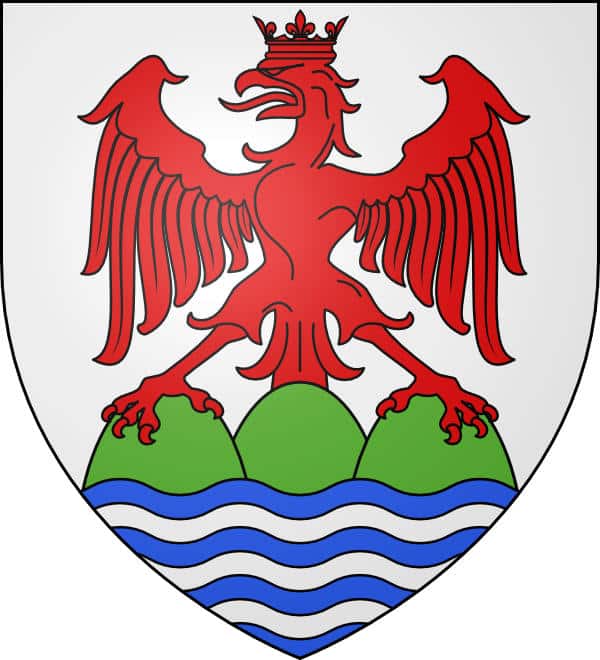
9. It prospered under the Duchy of Savoy.
Along with the neighboring fishing village of Villefranche-sur-mer, Nice became the only port in the county of Savoy on the Mediterranean.
The duchy covered much of the area around the Alps, with its capital in Chambéry. As the maritime power of Nice increases, its fortifications were enlarged and its roads improved.
10. The Holy Shroud was kept in Nice.
In the Middle ages, the famed “Shroud of Turin”, was actually not in Turin at all. It became property of the Duke of Savoy, and was moved to his capital in Chambéry in 1452.
After a fire, it was moved to Nice where it was kept for 7 years from 1536 to 1543, before being returned to Chambéry. The Savoy capital was moved to Turin in 1562, and hence the shroud moved to Turin in 1578 in a specially built church, where it remains.
However, the Chapel of the Holy Trinity and Holy Shroud still stands in Nice today.
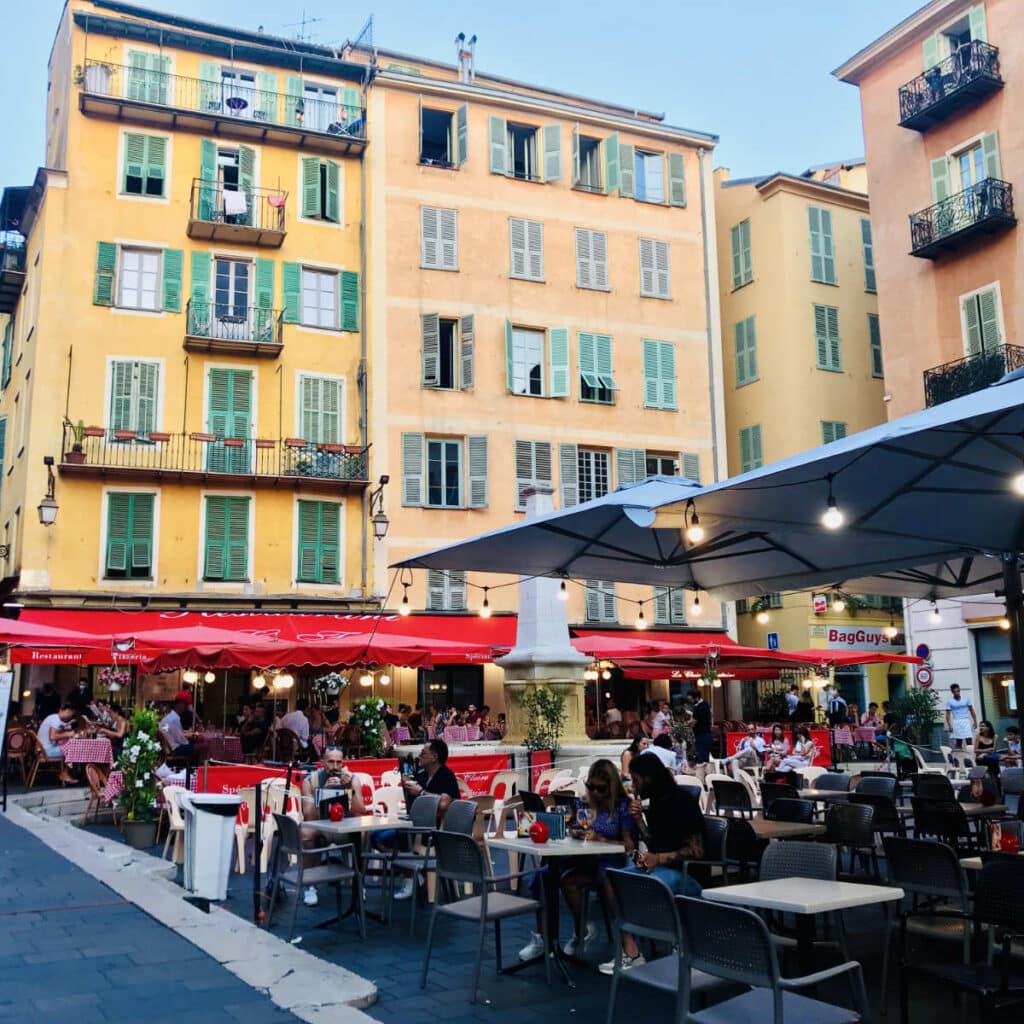
11. The legend of Catherine Ségurane is born.
The legend of Catherine Ségurane was born in 1543. The city was under siege by Ottoman (Turkish) invaders allied with Francois I, the King of France.
At the time, the city of Nice was part of Savoy and was struggling to defend itself. As the story goes, an Ottoman soldier is headed up to plant their flag on the rampart of Nice’s castle, when in a rage, Catherine brandishes her washing paddle and strikes a violent blow on his head.
She then snatches his flag, breaks its pole and tears the fabric. Her act galvanizes the local Niçois and frightens the Ottomans. The locals manage to hold off the enemy until the Savoy army comes to defend them.
And such was born the legend of Catherine Ségurane. It is not clear that she actually existed, but the mythical figure of the washer woman turned local icon is celebrated annually in Nice on November 25th.
12. Italian becomes the language of the land.
In the past, the local Niçois used to speak a dialect called Niçard. It is a sub-dialect of Provençal, itself a dialect of the Occitan language.
In 1561, the Duke of Savoy declared the end of Latin as the administrative language, making Italian the language of the land. A few years earlier Francois I had banned all regional languages in France as well. All other dialects like Niçard slowly disappeared.
13. It was caught between the wars France and the Holy Roman Empire.
In the 16th century, a great struggle took places between François I of France and Charles V of Habsburg who had been made Holy Roman Emperor. Nice and Savoy was technically allied with the Habsburgs.

Nice was attacked several times in the 17-18th centuries, going between France and the rulers of Savoy, Guise, Sardinia and Sicily on several occasions, depending on the agreements signed between France and the allies of the Holy Roman Empire.
14. It officially became part of France in 1860.
In 1792 Napoleon Bonaparte decided to annex Savoie on his way to conquer Italy.
After several wars and back and forth, the Duke of Savoie Victor-Emmanuel II conceded Nice and Savoie to the French in 1860 to Emperor Napoleon III (Bonaparte’s nephew) in exchange for another prize: becoming King of Italy.
Nice was now officially part of France, and to become French-speaking. The cession was ratified by a regional referendum, although famed Italian General Giuseppe Garibaldi claiming it was rigged. (He was born in Nice and opposed French rule.)
This event caused a Niçard exodus with emigration of a quarter of the Niçard Italians to Italy.
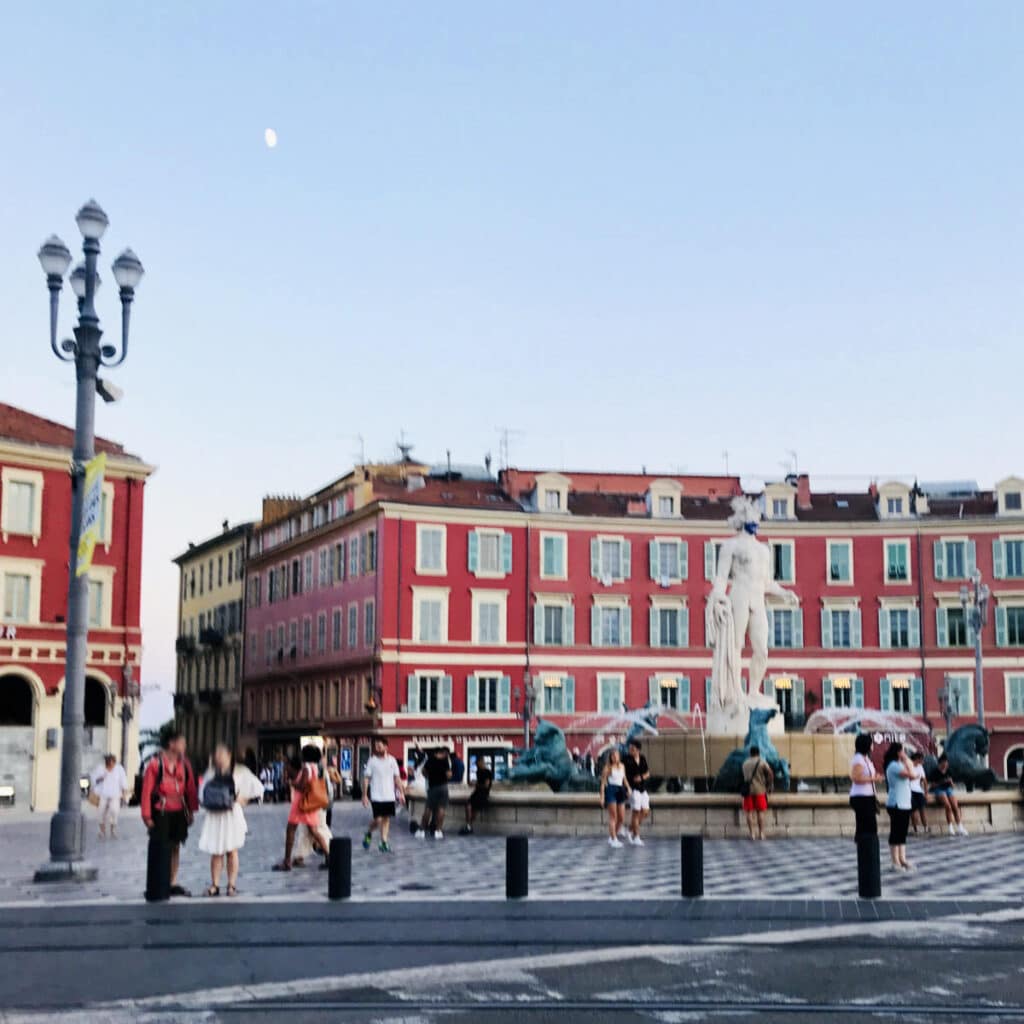
15. It became popular with Queen Victoria and the British.
Although Nice had always been a popular tourist attraction because of its good weather, it really became famous after catching the eye of Queen Victoria of England.
At the turn of the 18th century, British doctors began prescribing what he referred to as climato-therapy. A change in climate was recommended as therapy for various ailments.
This led to a lot of wealthy British aristocrats coming to Nice, building what would be named the “Promenade des Anglais”. It was the golden age for the city, with many artists taking up residence, along with the wealthy.
16. During WWII, Nice was invaded twice.
During WWII, Nice became a city of refuge for many displaced foreigners, notably Jews fleeing persecution. From Nice many sought further shelter in the French colonies in Africa as well as North and South America.
The city was invaded twice. First it was invaded by the Italians, allies of the German Reich, before being invaded by the Germans themselves. American paratroopers entered the city on 30 August 1944 and Nice was finally liberated.
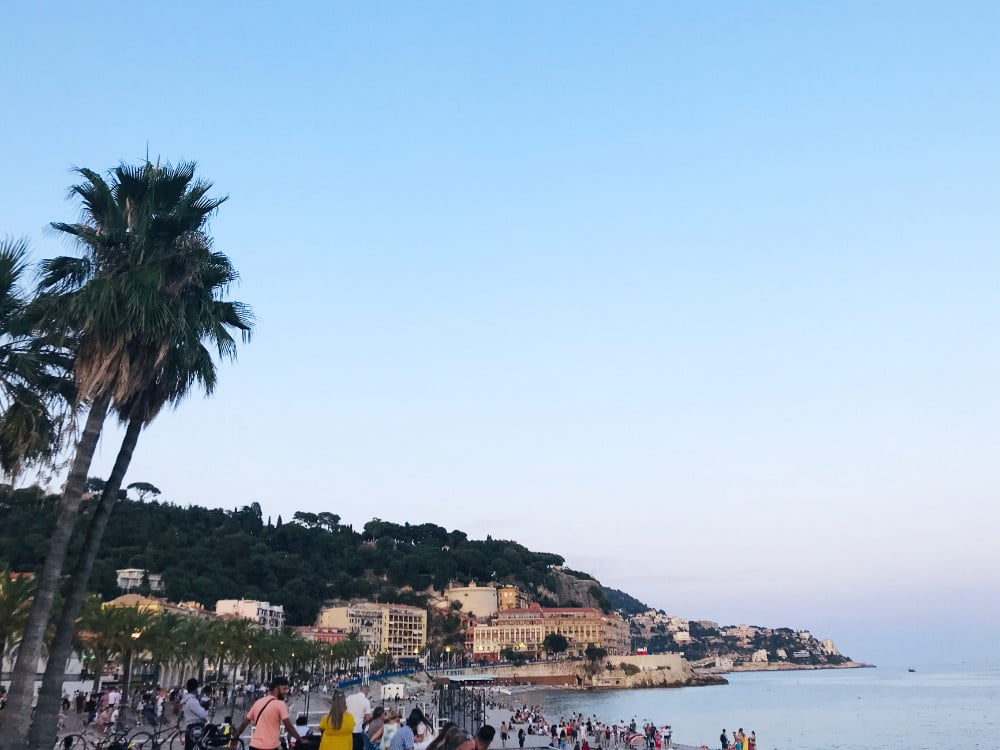
17. It becomes a prospering tourist city.
These days, Nice is a prospering tourist town, attracting millions of visitors to this part of the French Riviera, still maintaining its own culture and flag.
With coastal towns nearby like Saint Tropez, Monaco, Antibes, and Cannes nearby, this is one of the most popular cities in France for holidayers all year around. It is especially popular in February, when it hosts one of the biggest carnivals in France.

If you enjoyed that article, you may like to read more facts about Nice. A bientôt!
